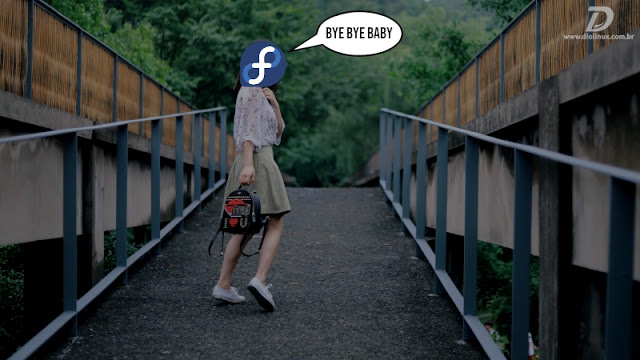As of version 31, Fedora will no longer support the Kernel, and will no longer have a 32-bit image.
A short while ago, a controversial announcement from Canonical has caused users to speak out against support for 32-bit architecture in Ubuntu. Now it's time for Fedora to make the same announcement for its next versions. 
As of version 31, Fedora no longer supports the 32-bit kernel, so there will be no more 32-bit system images available for download. This change will make the few remaining hardware without 64-bit support stop working with the system. However, it is important to note that Fedora will continue to keep 32-bit packages in its repositories, many of its i686 software will still work on the system.
Since version 27, support for 32-bit architecture in Fedora has been maintained by the community, unfortunately there are no longer enough community members willing to work to maintain the architecture. What is resulting in the discontinuation of the holder itself.
But unless you use very old hardware that does not work with 64-bit systems, there are not many reasons for concern. 32-bit support will not be completely abandoned. Only the kernel and i686 installation images will no longer be maintained. Many 32-bit packages will continue to be supported by the system, which will ensure software functions such as Wine and Steam.
If you are using Fedora 30 32-bit version, you will continue to receive updates until May or June 2020. From that date, if you plan to continue using Fedora, you will need to reinstall the system to its current 64-bit version, or do so. upgrade to hardware that supports 64-bit.
For those using Fedora on older servers with only 32-bit support, a hardware upgrade is best. Generally the low power consumption of newer hardware, make up for the amount invested. If upgrading hardware is not an option, CentOS 7 has a 32-bit image with a longer support time.
If you plan to continue using an older version of Fedora with 32-bit support, be aware that something the Fedora and Diolinux folks strongly advise against. Day and night there are malicious people working on malicious code to exploit vulnerabilities in operating systems. If you are using a new and updated system, it means that there are professionals working to correct potential breaches and maintain user safety. On the other hand, users on older systems that no longer have security updates are easy prey for these malicious people.
I think the end of 32-bit support is the natural way for technology, I still think Fedora is doing it the right way. Support is not being completely abandoned. That way, the time and resources that were previously invested in losing support can now be invested in more important things. At the same time, by continuing to maintain a large portion of the packages, such as those required for the operation of Wine and Steam, users are also not on hand.
What do you think about the direction distros are heading toward abandoning the 32-bit architecture? And what do you think about the way Fedora is doing this? Tell us in the comments.
Do you like Linux and technology? Got a question or problem you can't solve? Come join our community in the Diolinux Plus!
For today all staff!
_____________________________________________________________________________
See an error or would you like to add any suggestions to this article? Collaborate, click here.
